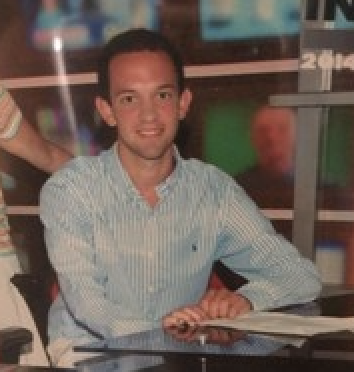Video Gaming Terminals Coming To An Illinois Fair Near You — Next Year


Illinois fairs will soon feature film games, but we won’t see it in use until 2021.
Last week, Illinois Gov. JB Pritzker enacted SB 516, a law permitting video gaming terminals (VGTs) at the state fairgrounds in Springfield and Du Quoin.
However, due to the COVID-19 pandemic, both fairs are canceled this summer. Therefore, Illinoisans must wait another year before they can enjoy them.
The bill allows up to 30 VGTs at the Du Quoin State Fair and 50 at an Illinois state good, once they are in a position to do so.
The Illinois Department of Agriculture (IDOA) will select three terminal operators who hold licenses from the Illinois Gaming Board. These operators will serve for a term of three years.
This is good news for customers and the state, but to what extent?
State representative slams aspirations
Rep. Tim Butler (R-Springale) was a fervent advocate for introducing VGTs to the state fair, however, he does not expect them to produce revenue.
In 2019, Butler informed the State-Journal Register, “I have not seen any concrete data on the potential earnings it could generate.”
“It’s not going to be a significant amount of money. After all, we’re only discussing the 10-day duration of the fair and 50 machines.”
Butler stated that the terminals will be located in the beer tents, ensuring that all users are 21 years or older. He added that all profits will go directly into the State Fairgrounds Capital Improvements and HarnessRacingFund.
Impacts of SB 516 on Chicago casinos
The bill also aids the feasibility of Chicago’s downtown casino project by modifying its tax code. This could potentially benefit the Illinois economy for many years in the future.
Pritzker informed The Lansing Journal, “Thousands of Illinoisans will be employed on these projects, earning a decent income to sustain their families while we undertake the vital task of renovating our deteriorating infrastructure and investing in the future.”
The legislation finalizes Illinois’ gaming package.
In softer terms, the initiation of the game has had a tough start. There’s been intense debate over taxes, yet no consensus on a location. However, SB 516 introduces new “opportunity tax” and specific schedules for the Chicago casino, which should expedite the process.
The Lansing Journal has kindly provided the updated income schedule for the Chicago game.
Chicago game income schedule
Slots
| Gross Revenue Adjusted | State | City | Total |
|---|---|---|---|
| between$ 0 and$ 25 million | 12% | 10.5% | 22.5% |
| $ 25 million to$ 50 million | 16% | 14% | 30% |
| $ 50 million to$ 75 million | 20.1% | 17.4% | 37.5% |
| $ 75 million to$ 100 million | 21.4% | 18.6% | 40% |
| $ 100 million to$ 150 million | 22.7% | 19.8% | 42.5% |
| $ 150 million to$ 225 million | 24.1% | 20.9% | 45% |
| $ 225 million to$ 1 billion | 26.8% | 23.2% | 50% |
| $ 1 billion or more | 40% | 34.7% | 74.7% |
activities at tables
| Gross Revenue Adjusted | State | City | Total |
|---|---|---|---|
| between$ 0 and$ 25 million | 8.1% | 6.9% | 15% |
| $ 25,000,000 to$ 75,000,000 | 10.7% | 8.4% | 19.1% |
| $ 75 million to$ 175 million | 11.2% | 9.8% | 21% |
| $ 225 million to$ 175 million | 13.5% | 11.5% | 25% |
| $ 225 million to$ 275 million | 15.1% | 12.9% | 28% |
| $ 275 million to$ 375 million | 16.2% | 13.8% | 30% |
| $ 375 million or more | 18.9% | 16.1% | 35% |
The rates largely match those reported in May, with a minor adjustment to the top table game revenues. Although the rates aren’t significantly different from when the tax code practically doomed the project, there are notable changes in the graduated tier thresholds.
Chicago Mayor Lori Lightfoot stated:
“The legalization of the Chicago casino marks a revolutionary step towards a new source of funding for Illinois’ infrastructure. Besides reinforcing the city’s large pension responsibilities, it also acts as a stimulus for the development of a new entertainment district in our city.”
When was the last time the State Fair didn’t take place? During World War II
You’re right, the Springfield State Fair has been a yearly event since 1945.
According to the IDOA, the Illinois State Fair attracted 509,000 attendees in 2019.
Butler believed that the fair could have been achieved with measures for cultural isolation and limited power.
Butler informed the Chicago Sun-Times, “I believe there was potential to approach this differently, but the governor’s operation never provided the opportunity for those discussions.”







